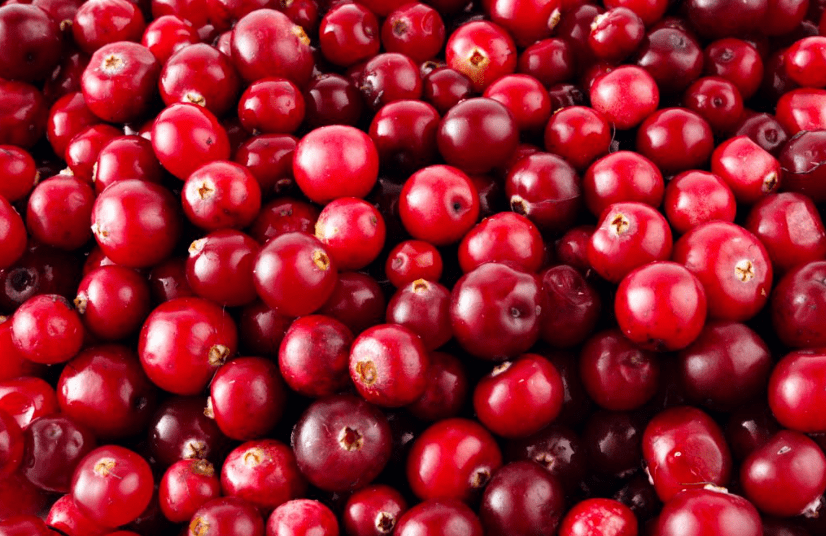Peru led the world in cranberry exports in 2022, with shipments of US$1.351 billion, a record.
Cranberries are Peru’s main agricultural export product, according to the National Institute of Statistics and Informatics (INEI).
Where did these foreign sales go? Mainly to the United States (52%), the Netherlands (22.9%), China (10.3%), Hong Kong (5.8%) and the United Kingdom (5.3%).
Cranberry exports
Other countries that stand out in cranberry exports in the world are Spain, Chile, the Netherlands, the United States, Morocco and Mexico.
What has the previous trend of Peruvian exports of this fruit been like? In 2018 ($548 million), 2019 ($810 million), 2020 ($1,003 million) and 2021 ($1,201 million).
Peru
In 2022, Peru’s Gross Domestic Product was US$242.4 billion.
Peru’s main economic activities are services (including wholesale and retail trade, transportation and tourism), manufacturing, agriculture and livestock, and mining and hydrocarbons.
Peru’s agricultural sector is dominated by small producers.
Approximately 16.8% of Peru’s land area is dedicated to the production of herbaceous and permanent crops.
Subsistence agriculture predominates and productivity is low due to drainage and salinity problems, although overall productivity increased during the 1990s.
In recent years, the agriculture and livestock sector has generally grown at a faster rate than GDP growth.
Peru’s main agricultural products are potatoes, corn, rice, coffee, fruits and vegetables, which together account for approximately 72% of agricultural production.
Peru’s traditional agricultural products include cotton, sugar, coffee and rice.
Agricultural production has increasingly focused on non-traditional export products destined primarily for the winter markets of Europe and the United States.
Peru’s northern coast is the main growing area for non-traditional export products, such as asparagus, mangoes and oranges, while livestock -cattle, poultry and cattle- predominate in the south.

